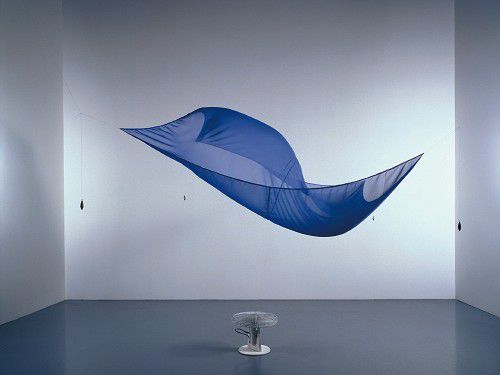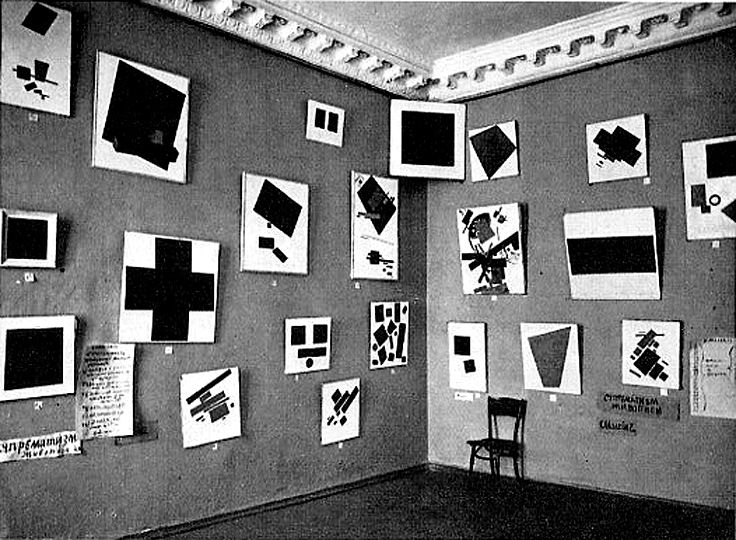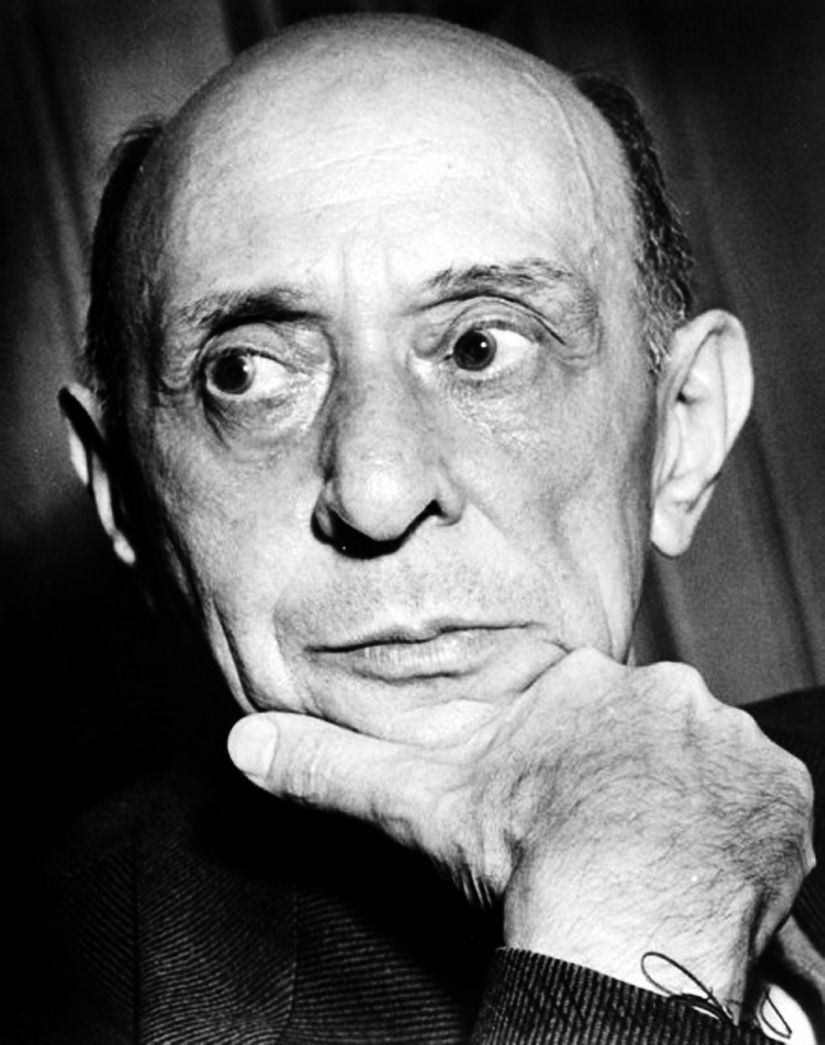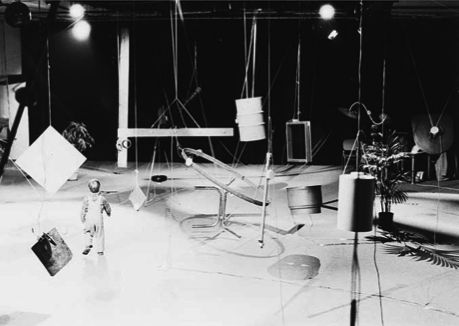Trotsky's theory of art
At its Third Annual Convention, held at the School of the Art Institute of Chicago between April 29-May 1, Platypus hosted a conversation on “Art, Culture, and Politics: Marxist Approaches.” Platypus members Omair Hussain, Lucy Parker, Pac Pobric, and Bret Schneider sought to address “What might the problems of aesthetics and culture have to do with the political project of the self-education of the Left?” A full audio recording of the event is available by clicking the above link.
[Read More]



